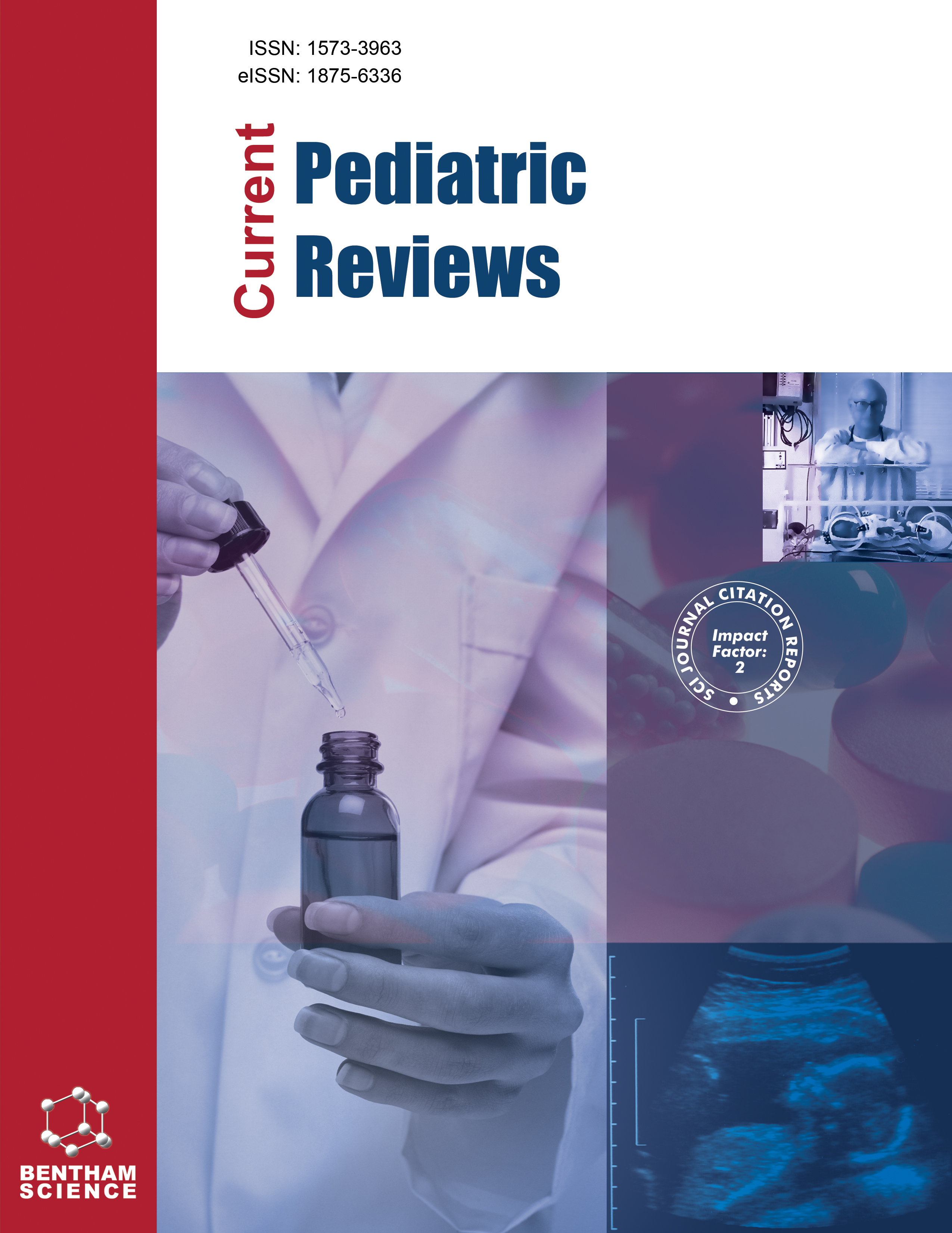-
oa Refractory Causes of Kernicterus in Developed Countries: Can We Eradicate G6PD Deficiency Triggered and Low-Bilirubin Kernicterus?
- Source: Current Pediatric Reviews, Volume 13, Issue 3, Aug 2017, p. 159 - 168
-
- 01 Aug 2017
Abstract
Background: Glucose-6-phosphate dehydrogenase (G6PD) deficiency triggered and low-bilirubin kernicterus persist despite current prevention strategies. Objective: Review efforts to eradicate bilirubin induced brain injury in these two conditions including novel approaches to risk assessment and hyperbilirubinemia evaluation. Result and Conclusion: In the case of G6PD deficiency, a heightened awareness of populations at risk and an expanded kernicterus prevention strategy focused on intensified parental engagement, education and counselling on neonatal jaundice is needed. In the case of low-bilirubin kernicterus, a renewed focus on identifying infants with hypoalbuminemia and implementation of hyperbilirubinemia treatment thresholds based on the bilirubin/albumin ratio is needed. Bilirubin binding panels when commercially available will prove valuable.


